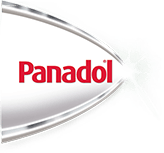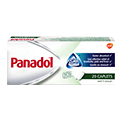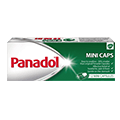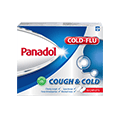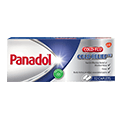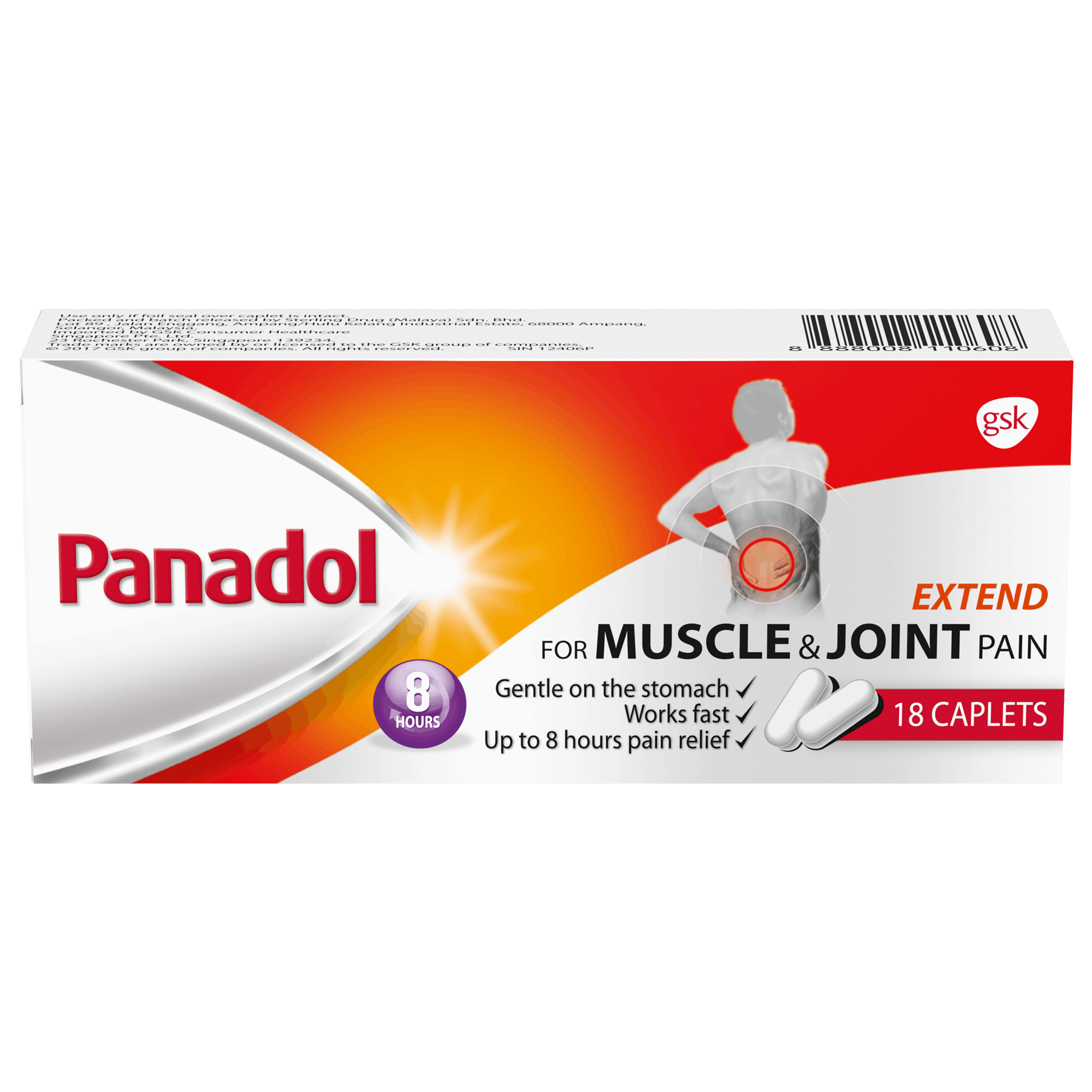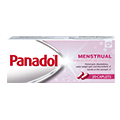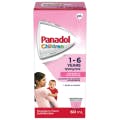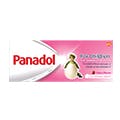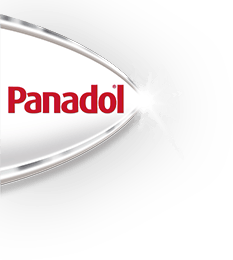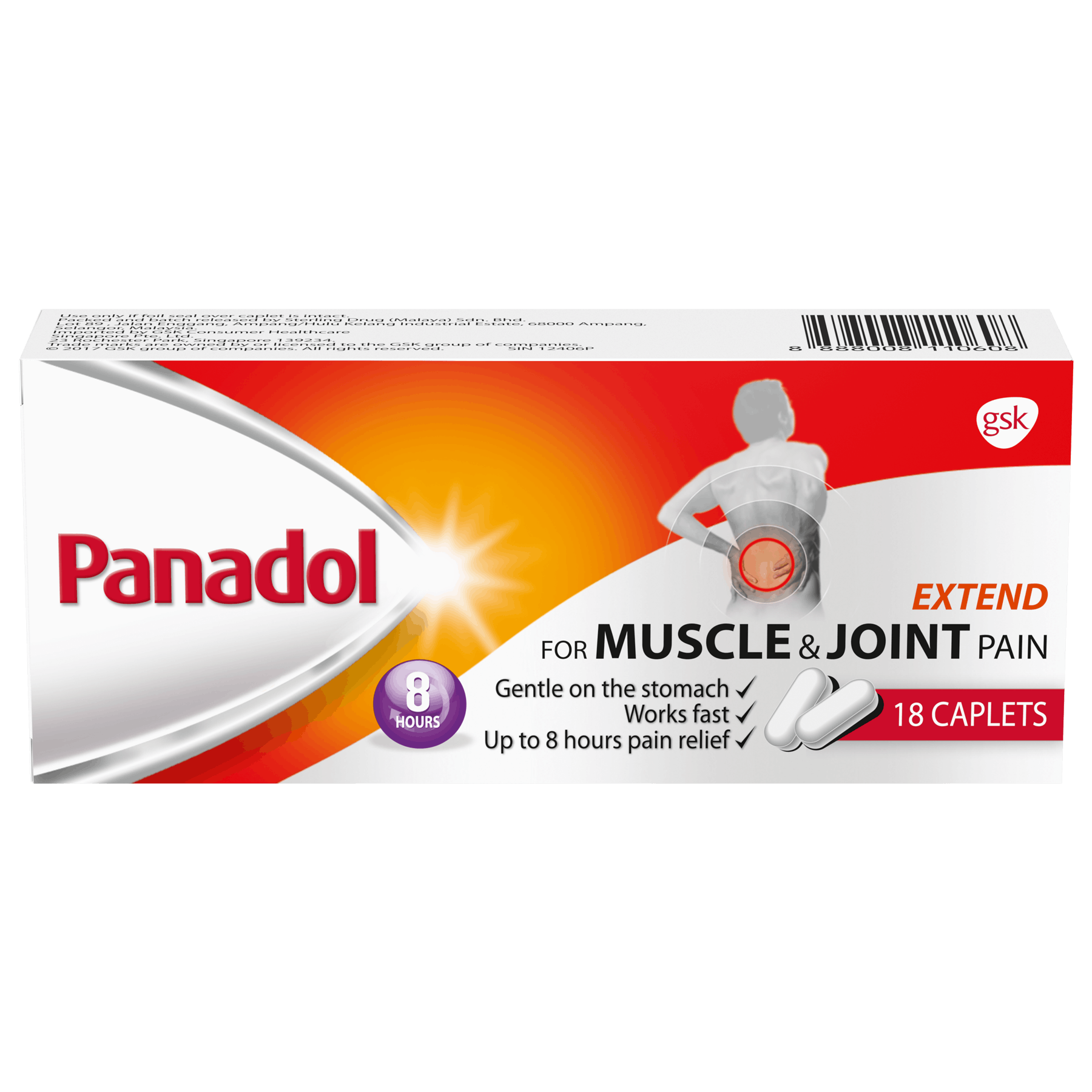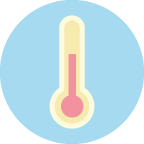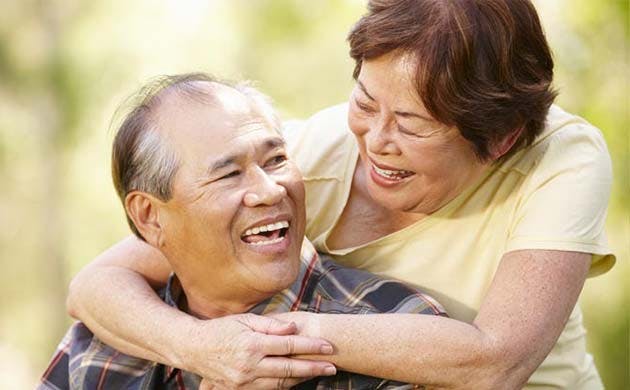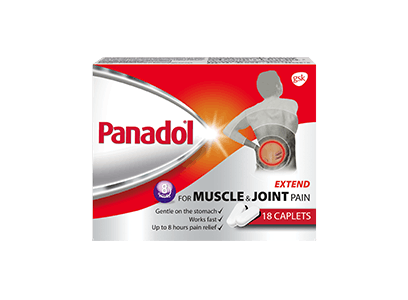

Panadol Children's Suspension 1-6 Years

Panadol Chewable Tablets

Panadol Children’s Suspension 1-12 Years

Panadol with Optizorb

Panadol Mini Caps

Panadol Soluble

Panadol Extra with Optizorb

Panadol ActiFast

Panadol Cold & Flu Hot Remedy

Panadol Cough & Cold

Panadol SinusMAX

Panadol Cold Relief PE

Panadol Extend

Panaflex Patch

Panadol Menstrual

Panadol Cold Relief PSE
Compare Now (0/5)
- Product
- Format
- Age
- Key Features
- Ingredients

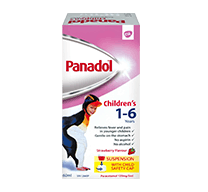
Panadol Children's Suspension 1-6 Years
- Suspension
- 1-6 Yrs
- Gentle on the Stomach
- Active Ingredient: 120 mg/5 ml Paracetamol
- No Alcohol.
- No Aspriin.

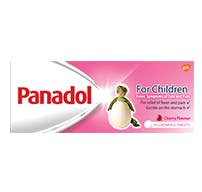
Panadol Chewable Tablets
- Chewable Tablets
- 2-12Yrs
- Gentle on the Stomach
- Active Ingredient: 120 mg Paracetamol

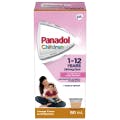
Panadol Children’s Suspension 1-12 Years
- Suspension
- 6 -12 Yrs
- Gentle on the Stomach
- Active Ingredient: 250 mg/5ml Paracetamol

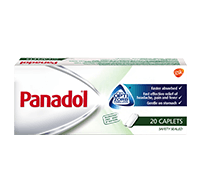
Panadol with Optizorb
- Caplets
- 12+ Yrs
- Quicker Absorption
- Active ingredient: 500mg Paracetamol

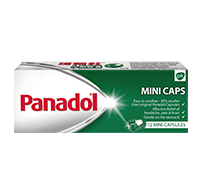
Panadol Mini Caps
- Caplets
- 12+ Yrs
- Easier to Swallow
- Active ingredient: 500mg Paracetamol
- No gluten, lactose or sugar

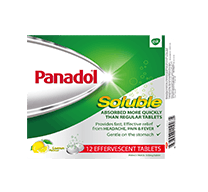
Panadol Soluble
- Effervescent Tablets
- 12+ Yrs
- Quicker Absorption
- Active ingredient: 500mg Paracetamol


Panadol Extra With Optizorb
- Caplets
- 12+ Yrs
- Fights Tough Pain
- Active ingredient: 500mg Paracetamol, 65mg Caffeine


Panadol ActiFast
- Caplets
- 12+ Yrs
- Absorbed 2x Faster
- Active ingredient: 500mg of Paracetamol.

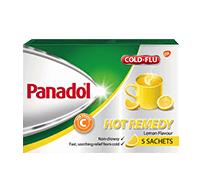
Panadol Cold & Flu Hot Remedy
- Powder Sachet
- 12+ Yrs
- Hot Drink
- Active ingredient: 750mg Paracetamol, 10mg Phenylephrine HCI, 60mg Vitamin C

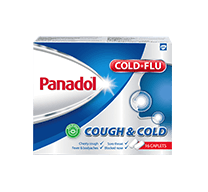
Panadol Cough & Cold
- Caplets
- 12+ Yrs
- Multi-Symptomatic Relief
- Active ingredient: 250mg Paracetamol, 5mg Phenylephrine HCI, 100mg Guaiphenesin

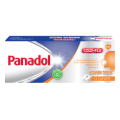
Panadol SinusMAX
- Caplets
- 12+ Yrs
- Sinus Pain
- Active ingredient: 500mg Paracetamol, 5mg Phenylephrine HCI

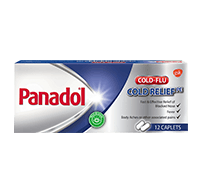
Panadol Cold Relief PE
- Caplets
- 12+ Yrs
- Relief of Cold & Flu Symptoms
- Active ingredient: 500mg Paracetamol, 5mg Phenylephrine HCI


Panadol Extend
- Caplets
- 12+ Yrs
- Long-Lasting Relief
- Active ingredient: 665mg Paracetamol


Panaflex Patch
- Patch
- 12+ Yrs
- Back Pain Remedy
- Active ingredient: 1.5% w/w Glycol Salicylate, 1.0% w/w L-Menthol, 0.5% w/w DL-Camphor, 0.3% w/w DL-α- Tocopherol Acetate (Vitamin E)

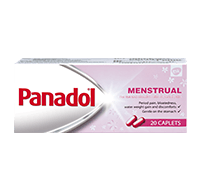
Panadol Menstrual
- Caplets
- 12+ Yrs
- Relief Period Pain
- Active ingredient: 500mg Paracetamol, 25mg Pamabrom


Panadol Cold Relief PSE
- Caplets
- 12+ Yrs
- Relief of Blocked and/or Runny Nose and Other Cold Symptoms
- Active ingredient: Paracetamol 500mg, Pseudoephedrine hydrochloride 30mg
Minimise
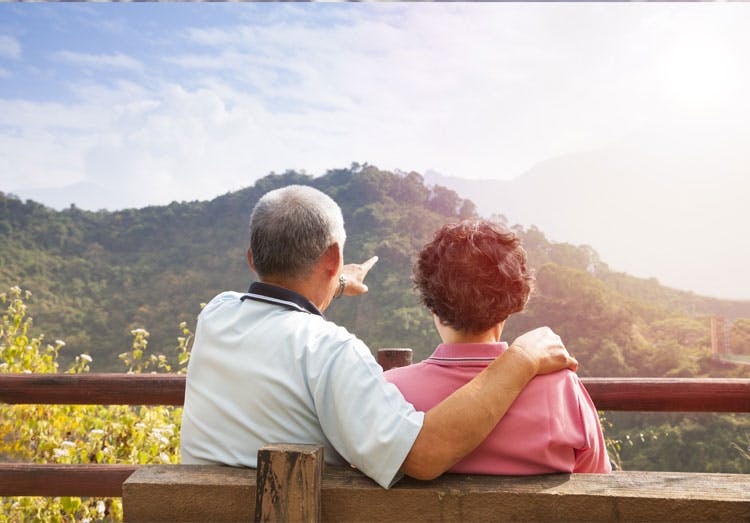
Osteoarthritis
There are 150 types of arthritis. The most common type is osteoarthritis. It is a degenerative joint condition that can range in severity from mild to quite severe, disabling pain. It typically starts with the breakdown of the flexible joint tissue known as cartilage and can lead to stiff, immobile and painful joints. Many people can develop osteoarthritis — men, women, older people and even children. Most commonly, osteoarthritis affects the knees, hips, spine and hands.
WHAT IS OSTEOARTHRITIS AND HOW TO MANAGE IT
Many people suffer from arthritis – men and women, older people and even children. There are more than 100 types of arthritis and the most common type is called osteoarthritis.7-9
Osteoarthritis: a degenerative joint disease
Osteoarthritis starts with the breakdown – or degeneration – of the joints between the body’s bones. This flexible tissue, also known as cartilage, provides a cushion where bones come together and prevents them from rubbing against one another when we move. Cartilage, just like any other shock absorber, can start to wear down with age and joint use. And as it does, the protective cushion between the body’s bones decreases.10
Osteoarthritis can:7,11
- affect many joints, such as in the hands, knees, hips and spine
- worsen over time, which may cause the cartilage to break away from the bone. The bones may begin to scrape against one another and become bruised or damaged. This may result in persistent pain
- cause joint pain and stiffness. These symptoms may be worse after resting or not moving the joint for a while
- limit joint movement and flexibility, as affected joints cannot bend as easily or with their full range of motion
- cause chronic joint pain and severe disability in extreme cases, and may affect normal daily activities such as walking, climbing upstairs or opening jars.
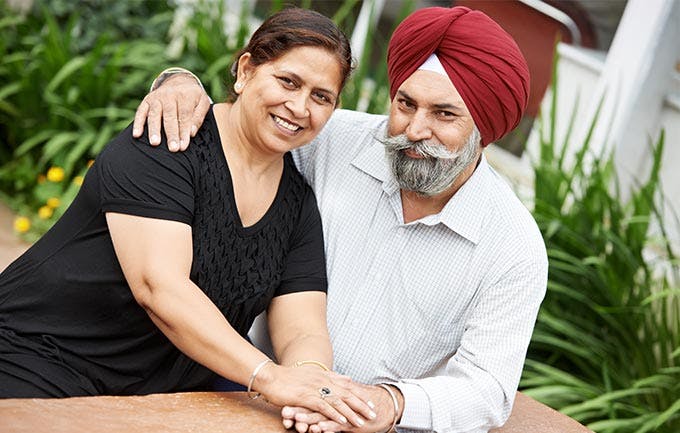
Osteoarthritis risk factors
Age is a factor for osteoarthritis. People usually develop osteoarthritis from their late 40s through to old age. Osteoarthritis is more common and severe in women, especially in the knees and hands.11
Preventing osteoarthritis is not always possible because many factors contribute to its development:
- injuries to a joint may increase the risk of developing osteoarthritis in the future (for example, tennis elbow). Be careful not to overwork a damaged or painful joint, and try to avoid repetitive or excessive joint movements.11
- being overweight or obese may contribute to the development of osteoarthritis. Excess weight places additional strain on joints, particularly on the knees and hips, and can result in knee or back pain.11
- treatment options for mild-to-moderate osteoarthritis include over-the-counter painkillers and heat therapy to relieve pain. Medical guidelines recommend paracetamol as the painkiller to manage the pain from osteoarthritis.9,12-14
- physical therapy that includes strengthening exercises, staying active, losing weight and maintaining a positive attitude can also help manage osteoarthritis.9
